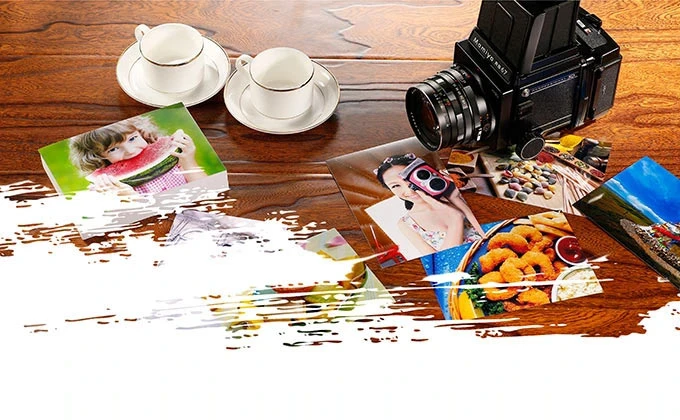Medical film possesses a rare power: it translates biology jargon into the language of the heart. When a patient watches a documentary that walks through a treatment, fear softens into understanding; when clinicians observe a real-world vignette of a family wrestling with a diagnosis, practice becomes empathy in motion. Medical films illuminate medicine seen through human eyes: not data, but hope, hands, and choices. It invites viewers to walk through the patient’s journey—the weigh-ins, the small victories, the days when courage feels heavier than hope. By presenting real people with real stakes, it humanizes policy, funding, and research; stakeholders see the meaning behind numbers.

Used thoughtfully, a medical film does more than tell a story; it educates with precision. It can simplify procedures through patient-friendly explanations, demonstrate informed consent, and highlight daily rituals that keep patients alive: pain control, rehabilitation, aftercare. For students and professionals, films offer immersive simulations: a split-second decision under pressure, a teamwork dynamic, a moment of error and recovery that teaches humility without risking real patients. By weaving expert commentary with intimate scenes, filmmakers foster memory that sticks long after the screen goes dark. Quality matters: sound design, reliable sources, and careful scripting ensure accuracy while keeping pace with emotion. Filmmakers can collaborate with patient advocates and clinicians to preserve dignity and consent.
Consider formats from documentary to docu-drama and animated explainers. A documentary following a nurse on a shift can reveal the cadence of care; a surgeon explaining a risky option with a hesitant family can become a masterclass in communication; an animated sequence can demystify how a new drug works. The power lies in pairing facts with faces, numbers with narratives, science with humanity. Ethics and privacy are at the core: consent, representation, and avoidance of sensationalism guide every frame. Audiences leave informed, more engaged, and more willing to participate in decisions about their health.
Distribution matters. A medical film deserves a dignified home: patient education portals, clinical training libraries, grand rounds, and public screenings. Platforms with multilingual subtitles, accessible narration, and concise captions widen reach. Pairing screenings with guided discussions, Q